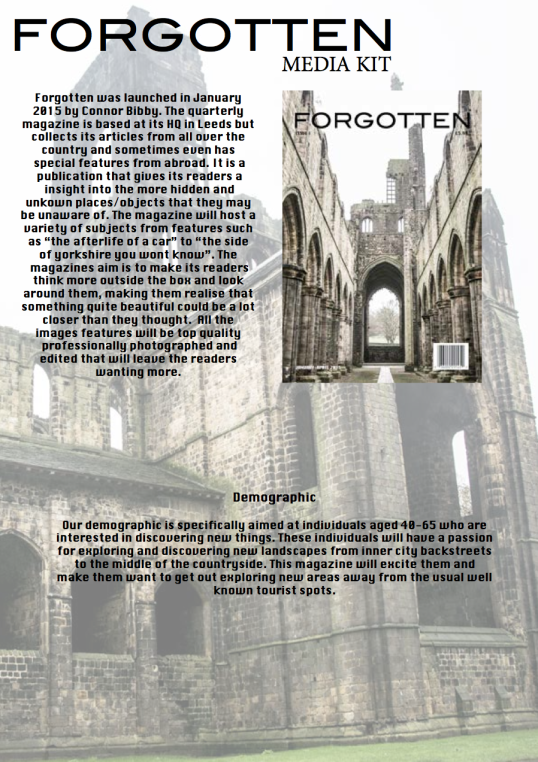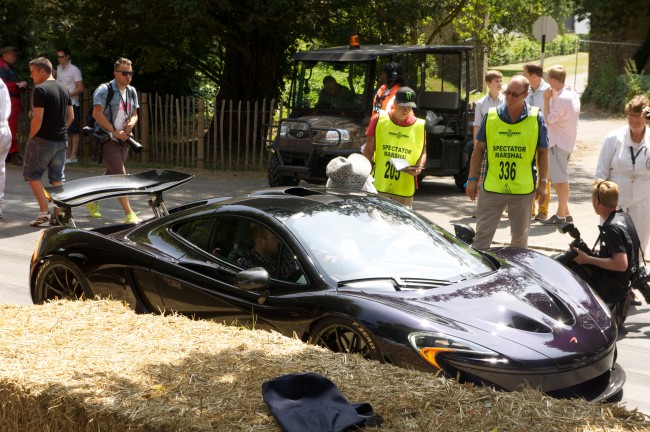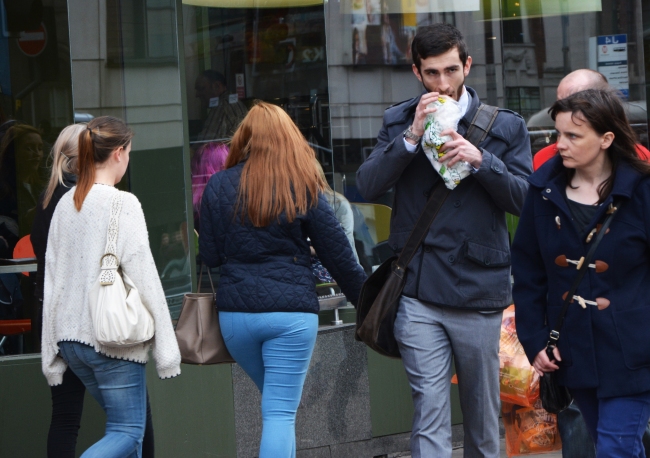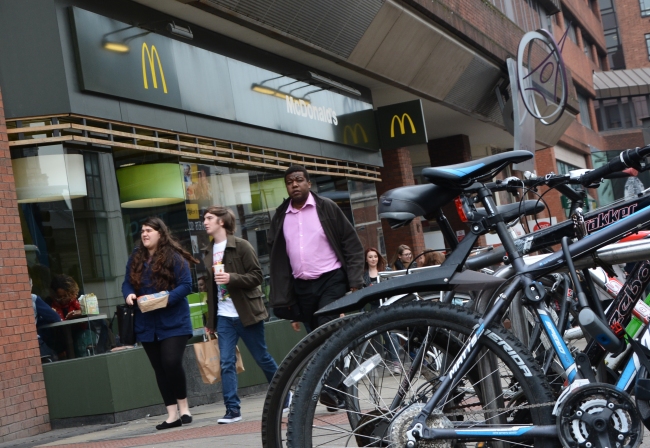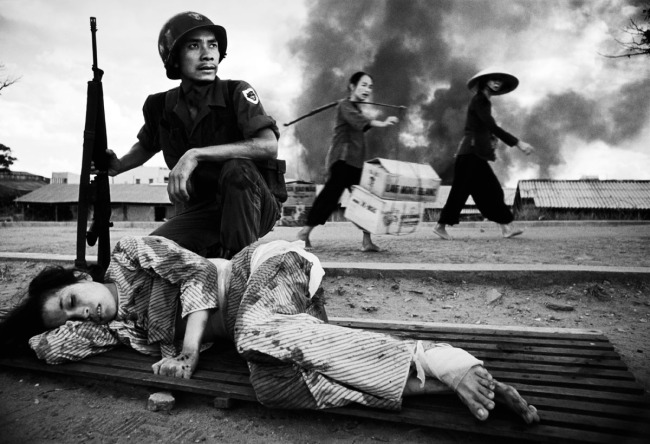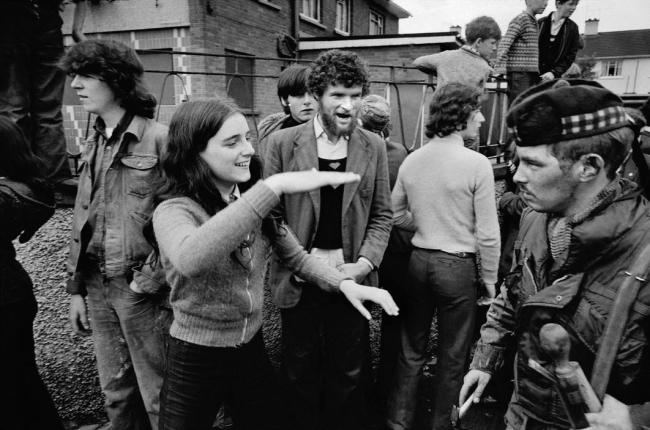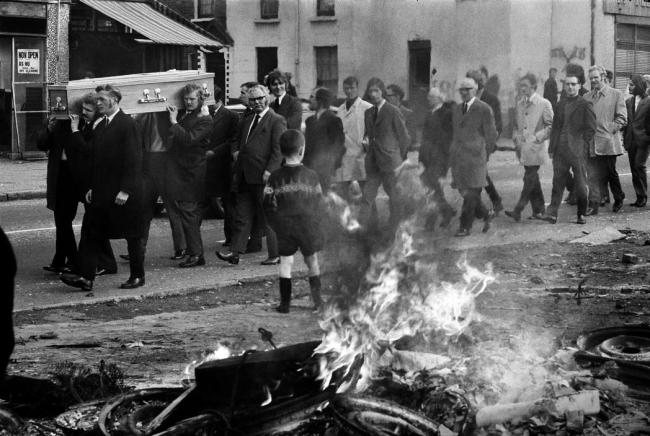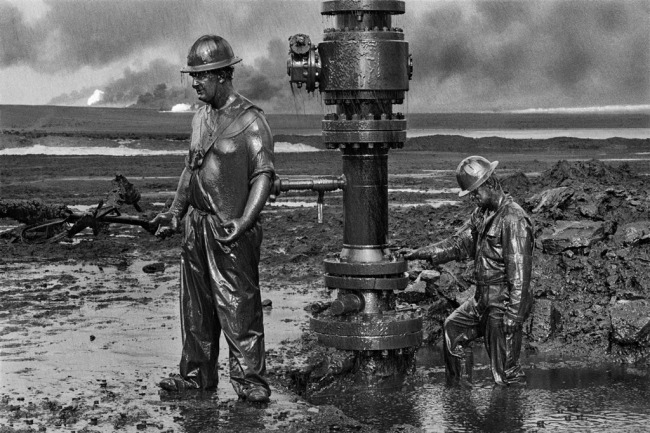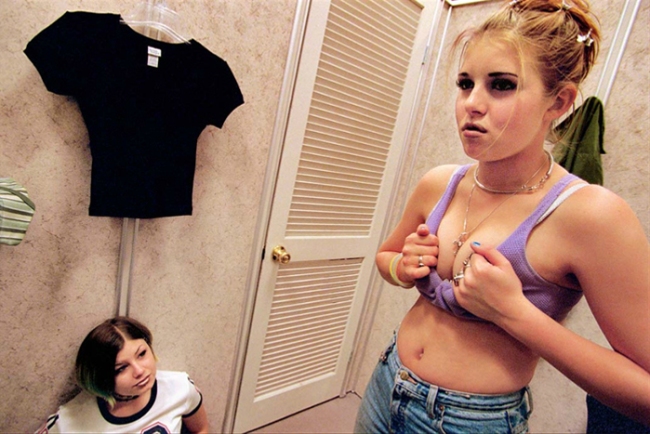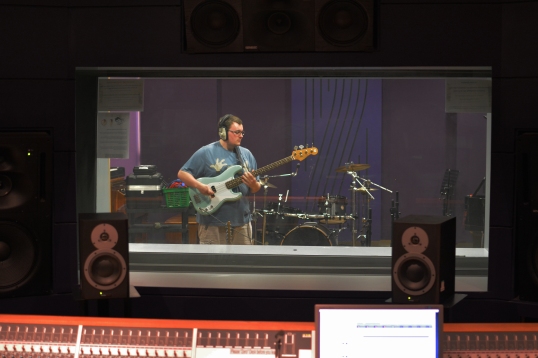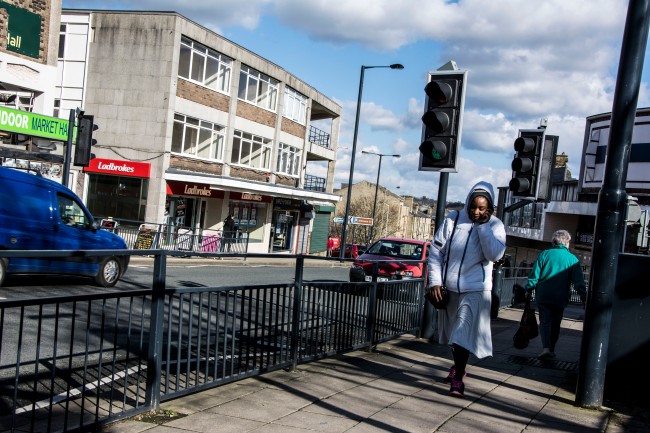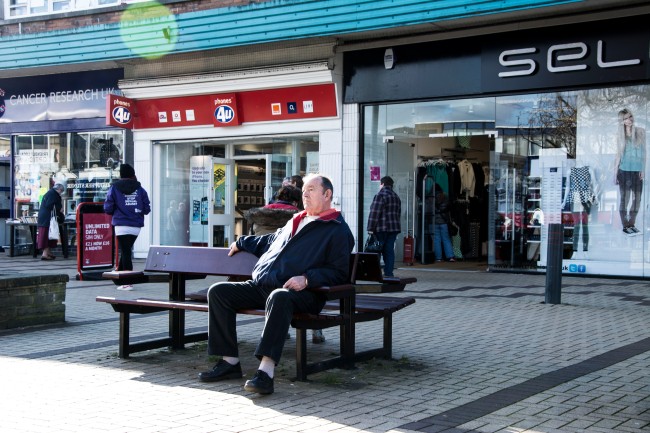Week 9, Viral Marketing
Viral marketing is a technique where a company passes on its information about itself or product/service electronically from one internet user to the other. This is one of the best ways to reach out to a large audience rapidly IF done correctley. The aim for viral networking is to get people talking to each other about the product. To do this it has to be interesting, capturing the attention of viewers and getting them talking “For every high profile example of a viral product, there are many more unsuccessful attempts that one never hears about”[1] . As social networking is so easy to access and because of this there are millions of people on different social networks such as Facebook. This creates a ideal platform for companies to distribute their viral marketing campaigns as it cost nothing to publish it onto these sites. The downside is that once it has been published it is no longer under control or manageable. This could be a problem if the viral add has a bad reception and thousands of people see it and start talking about it and the company in a bad light having a negative effect for the company instead of the positive effected they were aiming for.
Viral marketing for Forgotten won’t be appropriate as it is a professional artistic magazine aimed at a niche market who the majority will be over the 18-35 demographic that heavily relies on social media daily. One of the main problems the magazine would have if it did decide to have a go at viral marketing is trying to get the people who know about the magazine to spread the content and as it is a new magazine in a niche market the possibility of getting a substantial amount of people to spread the online content is very small.
[1] Duncan J.Watts. Viral Marketing for the Real World. 1
[2] http://www.dojit.com/wp-content/uploads/viral-marketing-content.jpg

